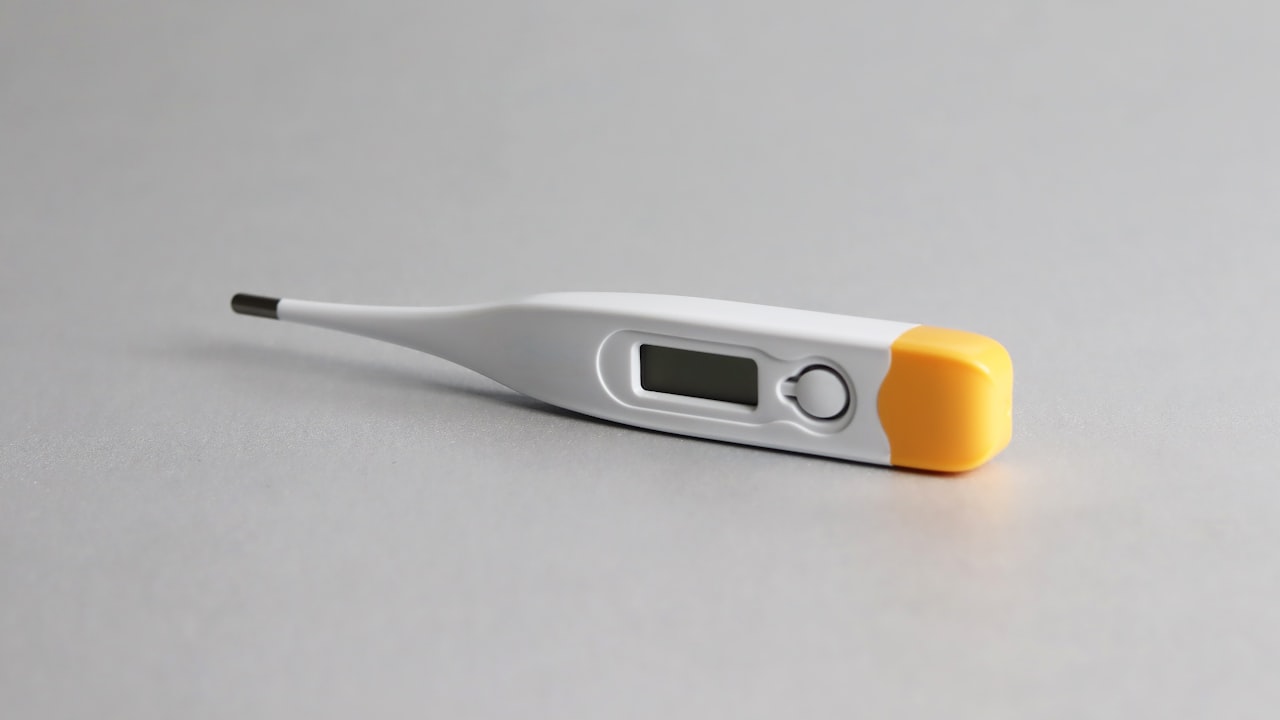In a world increasingly driven by technology, control systems that maintain the balance of temperature and humidity play a pivotal role. These systems are critical to numerous industries, from agriculture to HVAC systems, and laboratories. Their core function is to provide optimal environmental conditions necessary for various processes. The intricacies of maintaining the right balance in temperature and humidity conditions can significantly affect the quality and yield in agriculture, the comfort levels in HVAC systems, and the precision required in laboratories. Hence, understanding the working principles of these controllers and their varied applications is essential.
Working Principle of Temperature and Humidity Controllers
Temperature and humidity controllers are a combination of sensing and control mechanisms that function collaboratively to maintain the desired environmental conditions. At their core, they consist of temperature and humidity sensors, control algorithms, and actuators.
The sensors continuously measure the surrounding temperature and humidity levels, and the collected data is then sent to a microcontroller. This microcontroller runs a control algorithm that compares the measured values with the preset values. Depending on the comparison, the control algorithm signals the actuators to take necessary action.
For instance, if the temperature is higher than the set value, the control algorithm will trigger the cooling system to lower the temperature. Conversely, if the humidity is lower than the desired level, the humidifier will be activated to increase the moisture in the environment.
Applications in Agriculture
In the agriculture industry, the role of temperature and humidity controllers is crucial. They are extensively used in controlled environment agriculture, including greenhouses and vertical farms, to ensure optimal growing conditions for crops.
Crop growth, development, and yield are heavily influenced by temperature and humidity. A minor deviation in these factors can lead to crop stress, negatively impacting the crop yield. Hence, maintaining the right temperature and humidity levels is crucial.
With the help of these controllers, farmers can regulate the environmental conditions in real-time, adapting to the specific needs of different crops. This leads to better crop health, improved yield, and eventually, increased profitability.
Applications in HVAC Systems
The HVAC (Heating, Ventilation, and Air Conditioning) industry heavily relies on temperature and humidity controllers to ensure a comfortable and safe indoor environment. These controllers maintain the temperature and humidity at preset levels, ensuring that the inhabitants remain comfortable, and the building structure is maintained.
High humidity can cause dampness and mold, while low humidity can lead to dryness and static electricity. These issues can be prevented with effective control of temperature and humidity.
By providing real-time feedback and control, these controllers help in maintaining the optimal indoor environment and improving the overall energy efficiency of HVAC systems.
Applications in Laboratories
In laboratories and research facilities, precise control over environmental conditions is paramount. Research experiments, especially in life sciences and chemistry, often require specific temperature and humidity conditions. Any slight deviation can result in inaccurate data or even failed experiments.
Temperature and humidity controllers in laboratories not only ensure precise control but also provide data logging capabilities, allowing researchers to monitor and record the conditions during the experiment.
In particular, stability chambers, incubators, and climatic test chambers heavily rely on these controllers to maintain stringent environmental conditions.
Conclusion
From ensuring optimal crop yields in agriculture to providing comfortable indoor environments in buildings, and maintaining precise conditions in laboratories, temperature and humidity controllers are instrumental in a variety of fields. They illustrate a seamless blend of sensing, computation, and control mechanisms, significantly contributing to productivity, comfort, and scientific advancements. The versatility and significance of these controllers are a testament to their vital role in today's technology-driven world.


